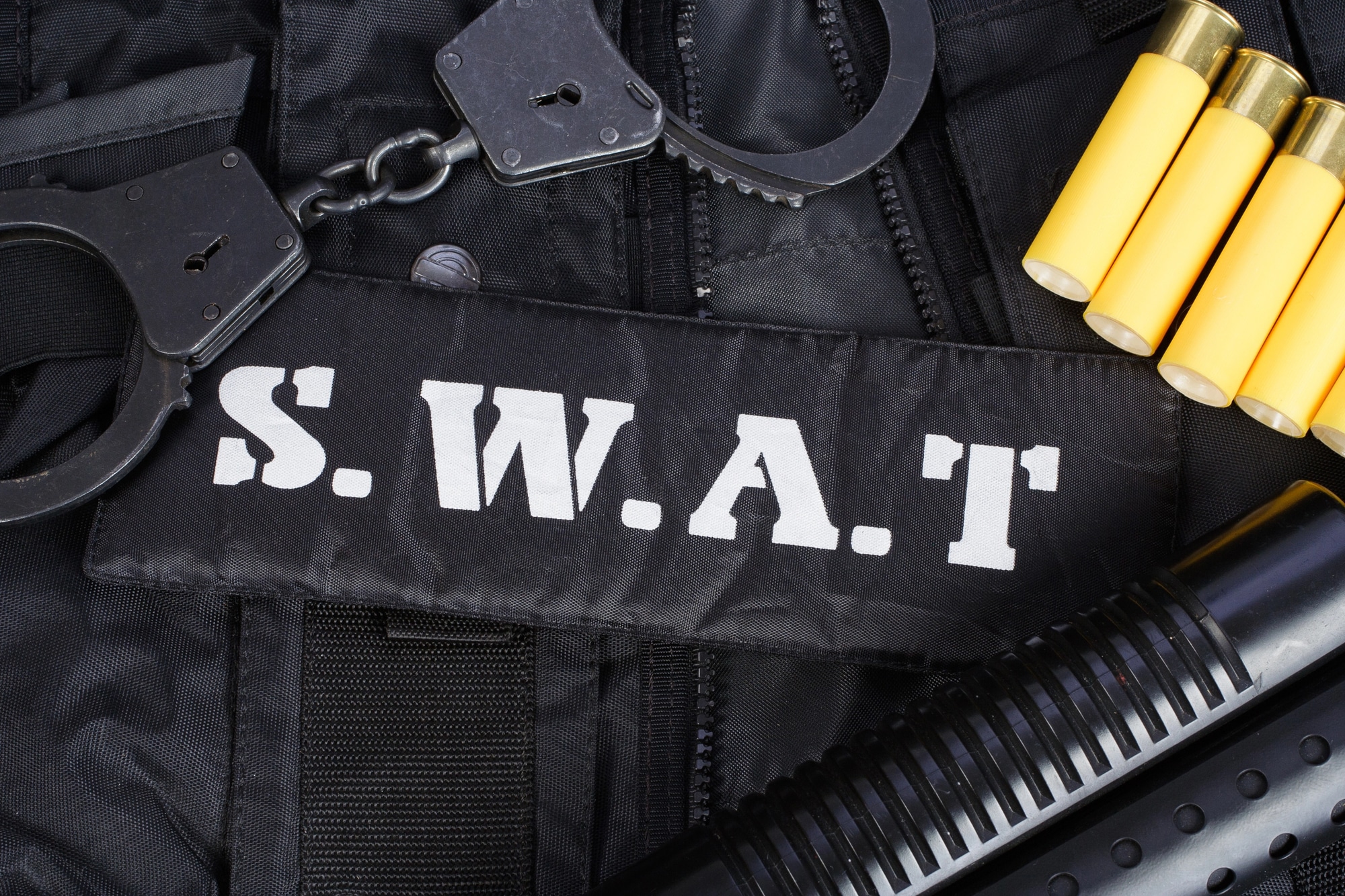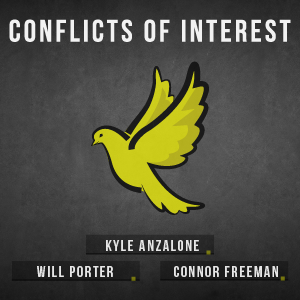Law enforcement in the United States has exhibited an exceptional degree of harshness, if not outright brutality, during the initial months of Donald Trump’s second term in the White House. A majority of the most flagrant examples have involved enforcement actions by the Department of Homeland Security’s Immigration and Customs Enforcement (ICE) division.
Numerous stories have appeared in the news media about ICE agents appearing at workplaces and schools to apprehend individuals suspected of being in the United States illegally. Suspects have been approached by agents dressed in civilian clothes and refusing to identify themselves or present badges. They have dragged suspects off the street and held them in captivity for hours or in some cases, even days.
The result is an ugly image that is becoming more and more ingrained with the American public. It is an image of U.S. law enforcement personnel engaging in arbitrary, police-state tactics typical of dictatorships, not a country that has ostentatiously prided itself on respect for civil liberties and the rule of law.
Such alarming conduct is neither new, however, nor confined to ICE. That agency’s especially odious recent behavior is the culmination of a long-developing trend of blurring the distinction between domestic law enforcement tactics and those of foreign warfare conducted in the name of national defense. Such alarming militarization of law enforcement has been underway for decades, although it has reached a new peak under Trump.
Nasty immigration raids are hardly unprecedented. ICE’s predecessor, the Immigration and Naturalization Service (INS), frequently used heavy-handed enforcement tactics that smacked of intimidation. During the late 1990s, a friend and colleague of mine (a native born U.S. citizen) was stopped at a checkpoint on a highway in Arizona leading northward from the U.S. border with Mexico. He was detained for over an hour as the INS sought to determine if he was an American citizen. Such episodes (and worse) became far more frequent after the 9/11 terrorist attacks and the transformation of INS into a more powerful agency, ICE, in 2003. President Barack Obama’s supporters derided him as the “deporter-in-chief” because of the record number of undocumented immigrants apprehended and expelled from the United States during his presidency.
The alarming militarization of law enforcement began long before then, however. A key development took place during Ronald Reagan’s administration when local police forces gained much greater access to military hardware. That aspect became even more important in 1990 with the expansion of the Pentagon’s 1033 program. It enabled local and state police departments to obtain even sophisticated, heavy-duty weaponry and equipment at bargain basement prices—or sometimes for free. The new federal largesse led to an acquisition frenzy.
With Washington’s subsidies, the number of SWAT (Special Weapons and Tactics) programs ballooned throughout the United States. Increasingly, such units were established not just in major cities with very high violent crime rates, but also in generally peaceful medium-sized and small cities. The number of SWAT raids also soared from about 3,000 in 1980, to a whopping 50,000 in 2014. That total has continued to climb.
SWAT personnel did not look like the public relations image of the local police as “Officer Friendly,” and were not armed in that fashion. Instead, they became indistinguishable from heavily armed combat personnel in the Army or Marines. Worse, SWAT units often behaved like hardened combat personnel, treating suspects and sometimes even bystanders as the equivalent of enemy troops. That tendency became even more pronounced when police units in American towns and cities underwent training from foreign police or military establishments, including Israel’s notoriously heavy-handed security forces.
The “SWAT disease” has gradually infected other law enforcement entities, federal, state, and local. ICE has proven especially susceptible. That agency’s behavior epitomizes the growing mentality in the U.S. legal system of regarding ordinary civilians not as people to be protected and served, but as potential enemies to be punished and neutralized.
ICE has an exceptional degree of latitude to engage in such behavior. People who cannot prove that they have a legal right—through birthright citizenship, naturalized citizenship, or legal resident status—have very limited due process protections. In particular, the U.S. government does not have to prove that the accused party has no right to be in the country; the accused party must show that he or she has such a right—a reversal of the usual burden of proof in most legal proceedings. Consequently, individuals who were deported during previous administrations typically experienced that fate after nothing more than a brief, perfunctory session before an immigration hearings officer. The Trump administration is diluting and sometimes ignoring even that minimal due process formality.
Critics are justified in condemning ICE’s ever more brazen police-state tactics. However, it is crucial to acknowledge that such a situation did not develop overnight and emerge full blown when Trump entered the Oval Office. Nor is the mounting authoritarianism confined to ICE and the immigration issue.
The militarization of law enforcement and the use of police-state tactics are manifestations of a broader, more pervasive trend that has been building for decades, with both Republicans and Democrats in the White House. The brutal handling of the incidents at Ruby Ridge and Waco in the 1990s were warning signals that went unheeded. In both cases, federal authorities treated the designated suspects not as individuals with fundamental rights regardless of their eccentric or extreme views, but as terrorists posing a dire threat to American republic.
In both cases, the raids also were conducted with callous indifference about the fate of innocent parties. The sight of Vicki Weaver being killed by an FBI sniper during the August 1992 Ruby Ridge altercation as she held her infant daughter in her arms should have disgusted any decent human being. Likewise, the incineration of seventy-six civilians, including twenty-five children, during the final stage of the April 1993 FBI assault on the Branch Davidian compound outside Waco, Texas, epitomized the toxic, militarized mentality of treating the killing of “enemy civilians” as mere “collateral damage.” Attorney General William Barr never was fired despite the Ruby Ridge fiasco, nor was Attorney General Janet Reno fired for her role in the even more horrific Waco bloodbath. Indeed, Reno won plaudits in many quarters for her handling of the Waco confrontation.
Similar indifference became the norm regarding the numerous civil liberties abuses that the administrations of George W. Bush and Barack Obama committed in their attempts to silence dissent. Threatening journalists with prosecution under the Espionage Act certainly fit that category. President Joe Biden’s moves to weaponize the criminal justice system in a bid to harass political and ideological opponents also belonged in that category.
America is arguably on the precipice of becoming a full-fledged police state, but we did not arrive here overnight. It is imperative to hold Trump accountable for his contemptuous treatment of accused parties and his use of ICE in such a harsh, intimidating fashion. However, that move will mean little in the long term if the standards of accountability are again abandoned or diluted as soon as a new, more subtle, imperial chief executive takes office.
































